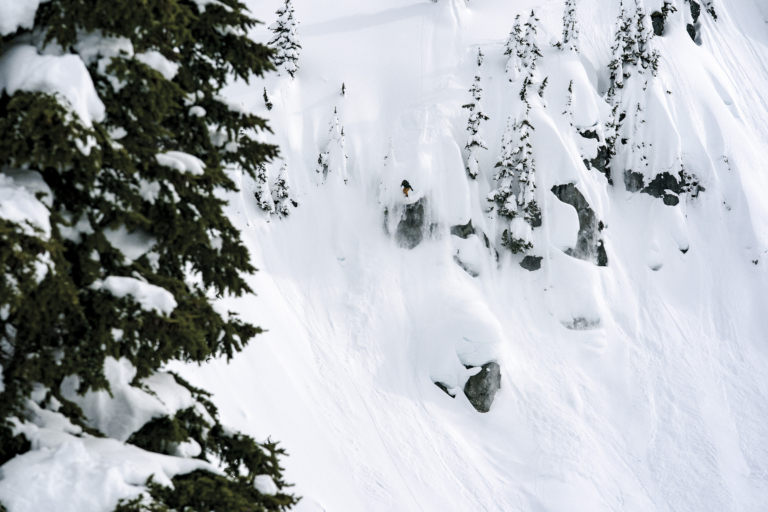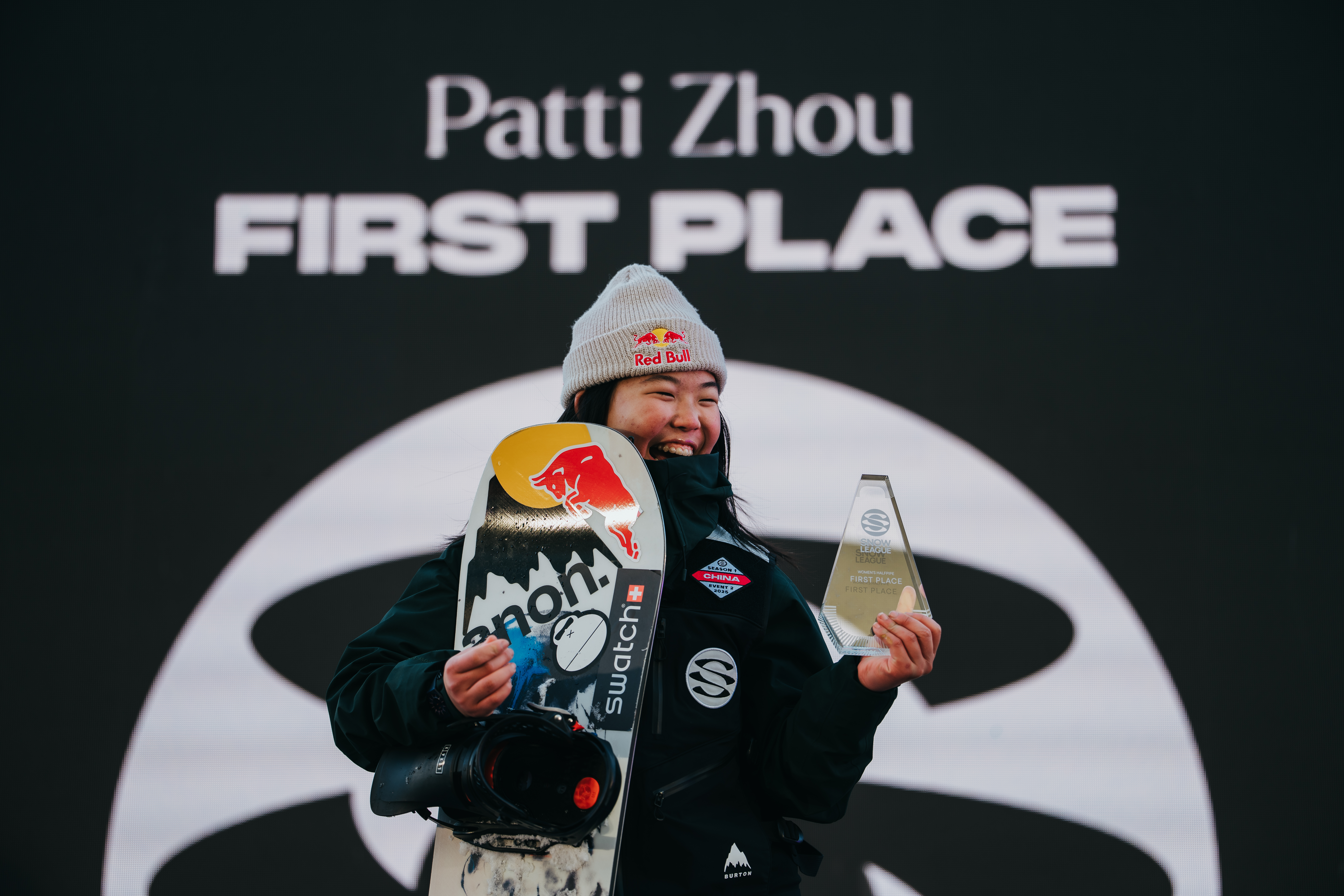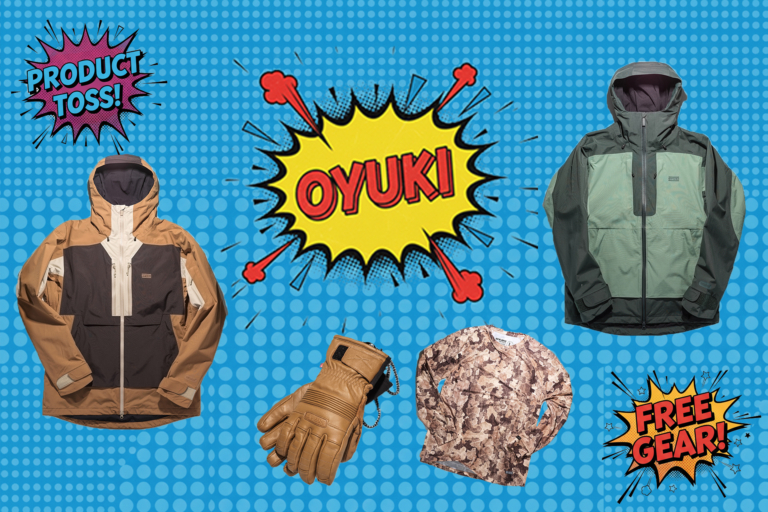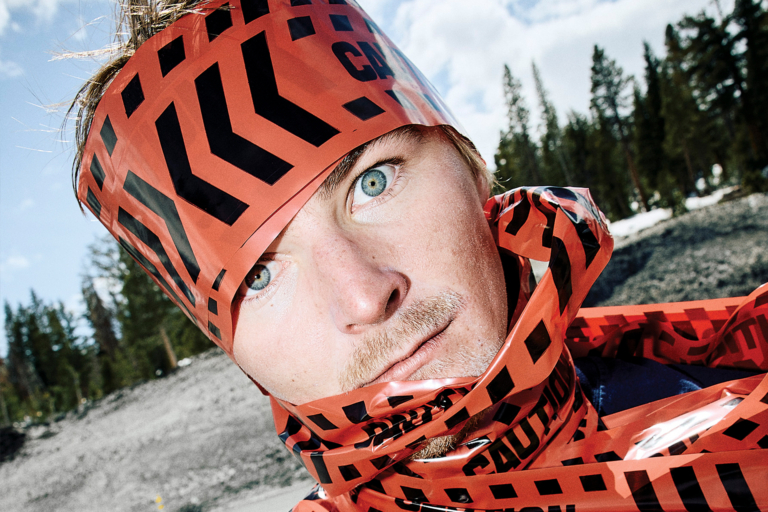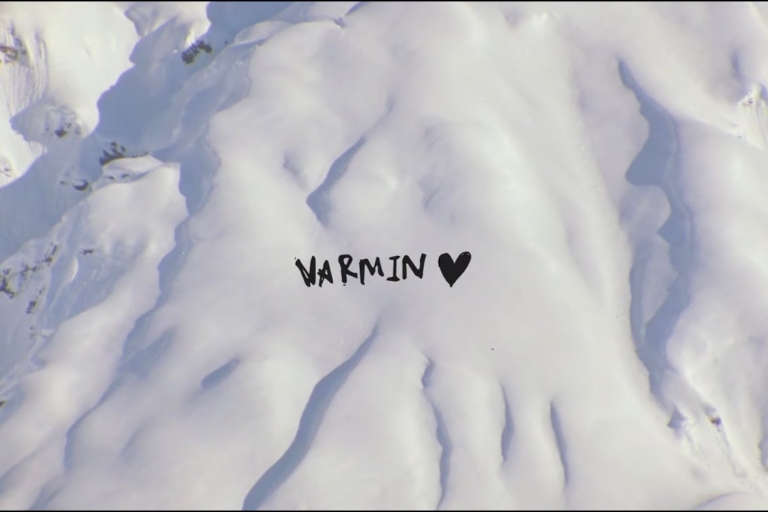words: Tyler Davis
IT WOULD BE A MASSIVE UNDERSTATEMENT TO SAY THAT HAVING A CHILD DRASTICALLY CHANGES THE WAY THAT YOU VIEW THE WORLD. For many, the life you have grown accustomed to vanishes as your actions, fears, risks, and decisions–both good and bad–become much greater when the consequences affect more than just yourself. Becoming a parent, for anyone, can be a daunting task, but for those in the world of action sports–a career where travel and risk go hand in hand–parenthood takes on an entirely extra set of challenges. Pat Moore recently welcomed his beautiful daughter into the world, and we sat down to talk about his experience becoming a father–how it will shape not only his career, but every single aspect of his life. A new father, myself, as well, Pat and I immediately discussed how different our roles, emotions, and understanding of birth and parenthood are compared to that of our wives and all the other badass moms out there. We didn’t want to sound like two meatheads talking about pregnancy, childbirth or continuing a career after becoming a parent because as men we have it easy, and the mothers are the real rockstars. Pat, while laughing, summed it up perfectly when he said, “While my role is important it’s nothing compared to my wife, she is absolutely amazing and does so much for us. My role is to be the best support system for my wife and daughter!”
What follows is a reflection on how Pat began to process how his new role would impact his perception of fear and risk, and how he would restructure both his career and his life.
Fear and risk go hand in hand when you’re a snowboarder; among other things, what separates the best professionals from weekend warriors is the ability to adapt and work with that fear and mitigate risk on an entirely different level. “My outlook started to change the winter before my daughter was born,” begins Pat. “Once we found out that my wife was pregnant, I realized that my entire world was about to change for the better. After years spent focusing on just myself or my wife, knowing that I was going to be a father was a change that I was looking for. I was going to become a caregiver, and that came with excitement, as well as more stress. I’m 35 years old, about to become a father, and my contracts are all coming up. A lot of that stress was because of the financial end; I was now responsible for more than just myself.”
Much of that fear was allayed when all of his sponsors were stoked for his new role and would continue to support him. “Ten years ago this might not have happened, but brands are now looking for more long-term relationships. Snowboarding is maturing, and you can see that by the number of older riders with families that are continued to be supported. Many of my idols in snowboarding have families and are still killing it; people like Kimmy Fasani and Bryan Iguchi are able to continue to snowboard and be there for their families.”
“I USED TO THINK PROGRESSION HAD A SINGULAR MEANING, BUT I’M FINDING PROGRESSION IN MANY WAYS THESE DAYS AND I’M INSPIRED BY THOSE WHO’VE LED THE WAY.”
Last winter, Pat also made the decision to step back a little to make himself more available to support his wife during the pregnancy. “I withdrew from riding in Natural Selection, hired my own filmer in my home area of Tahoe, and I was better able to support her by creating a foundation closer to home. I had to set new boundaries, not only for my travel schedule, but I also realized that my relationship with risk needed to change. I started wearing a helmet, which was a visible difference in my own outlook on risk management. It was a simple way to adapt into a new role where my well-being now has a greater effect on my wife and my daughter.”
Looking forward to the upcoming season, with a beautiful new addition to the family keeping him on his toes, Pat’s relationship with risk continues to evolve. “There were multiple conversations that were necessary to have,” he explains. “From talks with sponsors to decide what my role will be to conversations with my wife about how much travel I can do, it was important to have those open and honest conversations. This year, my expectations for the winter are completely different, with more structure and better plans. I’m at a different place now when it comes to risk management: Walking away is just as valuable as landing a trick.”
When I asked him if there was anything specific he has done in preparing for his new role, he was quick to credit the Risk Maturity classes that he has been leading. “The classes were a great precursor to understanding how the process of decision making affects your entire life. I’m doing my best to take what I learned about the backcountry and really take it into my everyday life. You have to be present and aware of the signs the mountains provide to navigate them safely. If your focus is too narrow, you’re not able to zoom out and notice the bigger, more important picture. I’m finally getting to a place where I’m noticing this in myself and making it a point to be more mentally available, both in the backcountry and out.”
As we wrapped up our conversation, we discussed how snowboarding has changed over the years. “Snowboarding is growing up and becoming more adult as we become more adult,” Pat adds. “The support for professionals having kids, especially for women, is so awesome to see. There are a lot of moms and dads out there who are lifelong snowboarders and they are going to connect with those parent pros. I used to think progression had a singular meaning, but I’m finding progression in many ways these days and I’m inspired by those who’ve led the way.”
And he’s right. Snowboarding is maturing. And while the fear and risk will always be there, there’s a generation changing the narrative on what it means to be both a snowboarder and a parent.
This article originally appeared in Fear Feature in issue 19.2.

